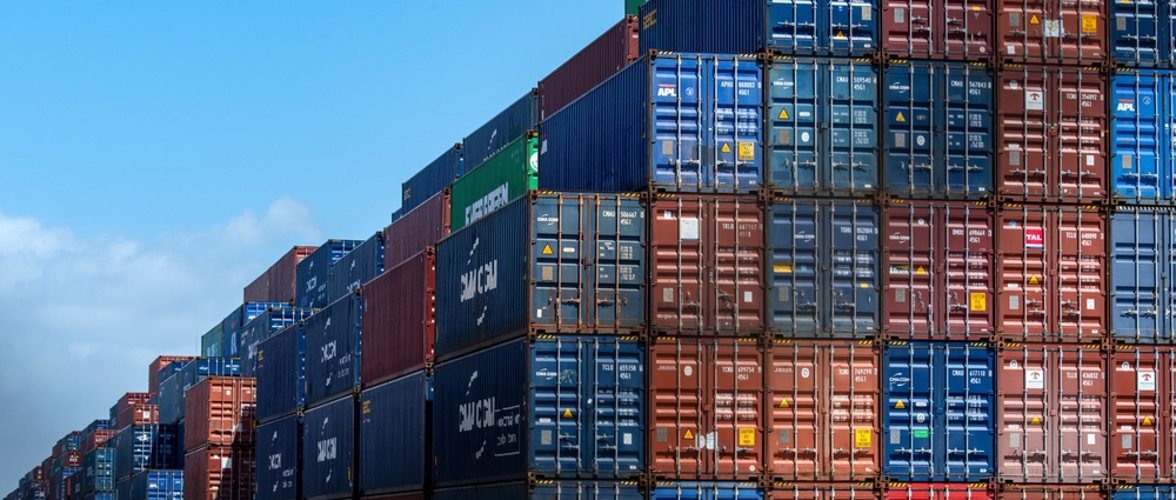Key Takeaways:
The forex market’s volatility has affected US trade and the dollar.
Altered exchange rates have led to changes in trade among the United States, Japan, Europe and China.
Currency tensions will likely affect international trade and certain US industries.
Nations have always competed based on trade. For a time, mercantilism prevailed as the dominant international trade policy. Governments applied protectionist policies to improve trade balances and prosper.
Still, nations manipulate trade paradigms to gain an advantage over their competitors. This almost always ends in less trade and higher prices.
Today, governments influence trade activity in several ways. Tariffs, making headlines in 2018, pay homage to mercantilism. Another influential and controversial method is currency devaluation.
Competitive currency devaluation can devolve into currency wars, which is a series of escalating, retaliatory competitive devaluations between countries to stimulate their respective economies.
Why would a government want to alter exchange rates?
A manufacturing- or resource-heavy nation may want to increase exports and limit imports. This improves income for domestic producers and workers while limiting the encroachment of foreign businesses.
To do this, currency devaluation could make exports cheaper for foreign markets and imports more expensive for domestic consumers.
If a US dollar buys 128.00 Yen instead of 76.00, they can purchase significantly more in Japan per dollar spent. Japanese companies increase manufacturing for export to the United States, thus improving Japan’s trade balance.

This policy runs the risk of hurting domestic companies relying on imported goods from abroad. Businesses in Japan relying on agricultural products from the United States may face higher costs given a weaker Yen.
Additionally, higher import costs not only increase production costs for certain companies, but also import prices for consumers. The resulting higher demand for domestic products raises prices across the board and increases inflation.
The current lay of the land
In the 2000s, the world enjoyed a period of economic growth and increasing imports from Asia. Then, the 2008 financial crisis left the United States and other advanced economies weak and with large trade deficits.

Ever since, many countries devalued their currencies to improve growth and employment. Monetary and interest rate policy emerged as a key tool for affecting exchange rates, notably through quantitative easing.
It is not explicitly clear whether the goal was also to boost exports, though many believe that countries were and are involved in competitive devaluations for trade purposes. The trade war policies to correct the US-China trade imbalance signal clear efforts to boost US exports.
Russia currently seeks Ruble dominance by increasing its value through high interest rates, limiting capital flight from Russia and forcing countries to purchase its oil exports in Rubles.
Growth in China may have led to competitive devaluation with Japan. The CNY and JPY exchange rate increased from 15.17 in August 2020 to a high of 20.25 in late April 2022 (latest data available at time of writing). China since ramped up fiscal and monetary policy to combat COVID-19 (coronavirus) lockdowns and possibly limit Japan’s competitive gains.

Domestic job loss and political tensions led to calls for a US manufacturing revival to support the millions left behind by labor outsourcing.
However, the coronavirus pandemic revealed the underlying threats to global supply chains. Many countries already interested in growing domestic production now see more value in limiting import exposure.
Where might we go from here?
Let’s not forget the lessons taught by our shared history: competitive devaluations and decreasing trade make everyone worse off.
As for a new currency to stabilize international trade and promote prosperity, there is no clear consensus on what to do next. China, Russia and the United States each want higher exports and dominant currencies. Will the world return to isolationism and limited trade?
Industries losing market share to imported goods may benefit from increased isolationism. Exporting industries will suffer. Any industry relying on imported inputs to produce goods will experience high prices and lower profit.
As a result, consumers will likely cut back on spending when faced with higher prices. While currency wars benefit exporting industries for a time, higher prices for imported goods limit profit and consumer spending, thus increasing the overall risk for loans to businesses and individuals.
Decreasing international trade will likely make everyone worse off. It is important to monitor exchange rates and trade policy with this risk in mind.









